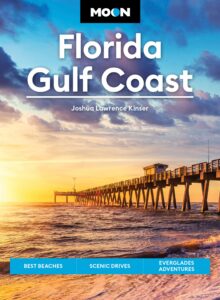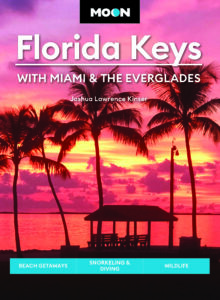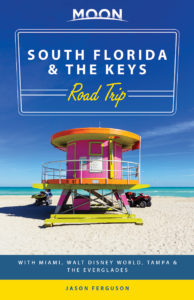St. Augustine
If you like history, architecture, sandy beaches, bizarre tourist attractions—or any combination of the above—you’ll want to spend some time in St. Augustine. The oldest permanent settlement in the United States—though Santa Fe, New Mexico, makes a strong counterclaim to this title—St. Augustine was founded in 1565, half a century after Ponce de León first set foot here in 1513, looking for the Fountain of Youth. Under Spanish control, the town’s early history was pretty lively, with Francis Drake leveling the place in 1586. The British, after trading Cuba for Florida at the end of the Seven Years’ War, took control in 1763 and held St. Augustine throughout the American Revolution—during which Florida was staunchly loyal to King George. It served for many years as capital of Florida under both the British and Spanish, but after the Americans took over, the city lost that status to Tallahassee. St. Augustine subsequently missed out on much of Florida’s 20th-century growth and development, which has allowed the preservation of its substantial historical remnants.
The heart of St. Augustine is contained within a walkably small area, centered on the Plaza de la Constitución, which faces east onto Matanzas Bay. Pedestrianized St. George Street runs north and south from here through the heart of historic St. Augustine, while two blocks west stand the city’s most prominent landmarks: two grand early 1900s hotels, the Ponce de Leon and the Alcazar. They now respectively house Flagler College and the decorative arts collections of the Lightner Museum (daily, $10 adults). Both are full of finely crafted interior spaces and well worth a look.
Though it’s the compact size and overall historic sheen of St. Augustine that make it such a captivating place to spend some time, there are lots of individual attractions hawking themselves as important “historic sites,” usually the oldest this-or-that in Florida, or even in the whole United States. The Oldest Wooden Schoolhouse (14 St. George St.), in the heart of historic St. Augustine, dates from 1750 and now features animatronic figures of the school teacher and students. The Oldest Store Museum (167 San Marco Ave.), has 100,000 items, all of them well past their turn-of-the-20th-century sell-by date. Continuing south down San Marco Avenue (Hwy-A1A) leads to another must-see tourist trap: the original Ripley’s Believe It or Not! Museum (904/824-1606, daily, $15), an elaborate Spanish Revival mansion filled since 1950 with Robert Ripley’s personal collection of oddities. Outside, in the parking lot, is a four-room “tree house,” carved out of a California redwood tree in 1957.
These are fun in a tongue-in-cheek way, but the most impressive historic site is the remarkable Castillo de San Marcos (daily, $15 adults), which dominates the St. Augustine waterfront. Built by Spain between 1672 and 1695, the Castillo saw its first battle in 1702, when British forces laid siege for 50 days but were unable to capture it, though they did once again level the adjacent town of St. Augustine. The Castillo was later used by the British to house American POWs during the Revolutionary War, and by the United States to house Native American prisoners captured during the Seminole War of 1835-1842 as well as during the later Indian Wars of the Wild West. Since 1924 it has been a national monument and is open for walks along the ramparts and for frequent ranger-guided tours.
Where to Eat and Stay in St. Augustine
One of many attractive things about St. Augustine is the almost total lack of franchised fast-food restaurants, at least in the historic downtown area. Instead, you can choose from all sorts of local places, like the Florida Cracker Café (81 St. George St., 904/829-0397), a casual seafood grill where you can sample the local delicacy, alligator tail. Another fun place to while away an evening is Scarlett O’Hara’s (70 Hypolita St., 904/824-6535), offering beers, burgers, and live music a block from Flagler College.
St. Augustine offers a wide variety of accommodations. At Beachfront B&B (1 F St., 904/461-8727, adults only, $160 and up) you can spend the night in one of five tastefully decorated suites in a historic home, then wake up to watch the porpoises cavorting offshore. In the historic district, the Kenwood Inn (38 Marine St., 904/824-2116, $189 and up) has 14 rooms in a Victorian-era hotel along the Matanzas River.
Related Travel Map

















